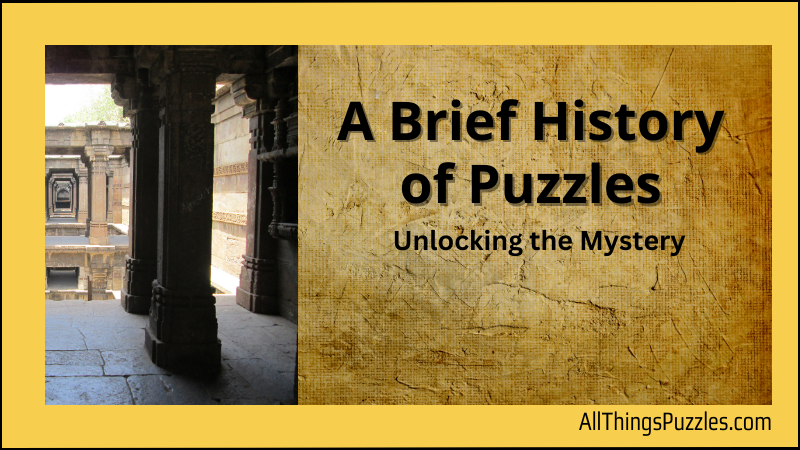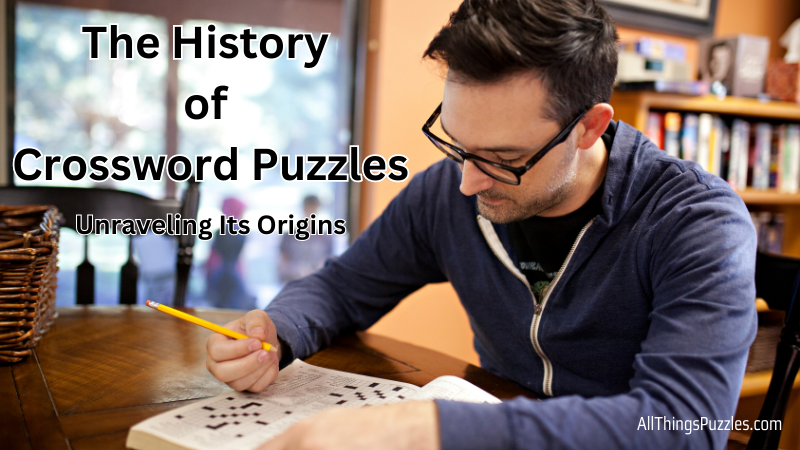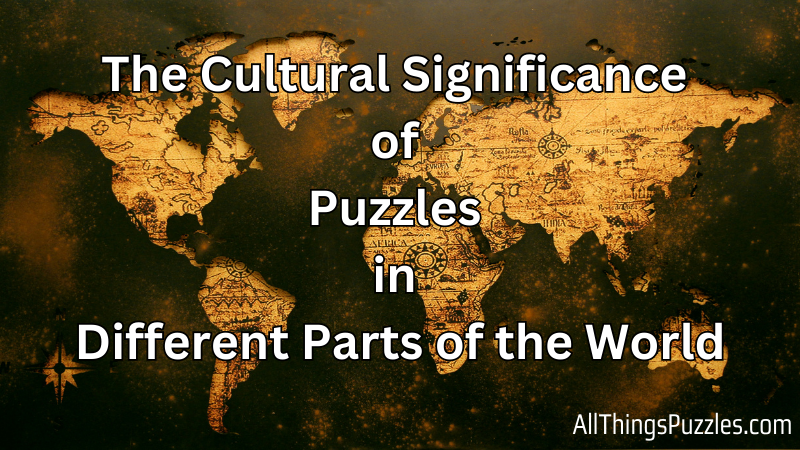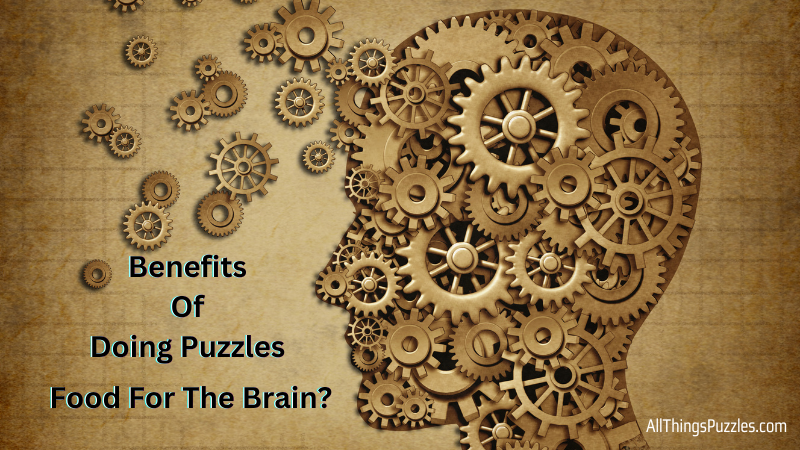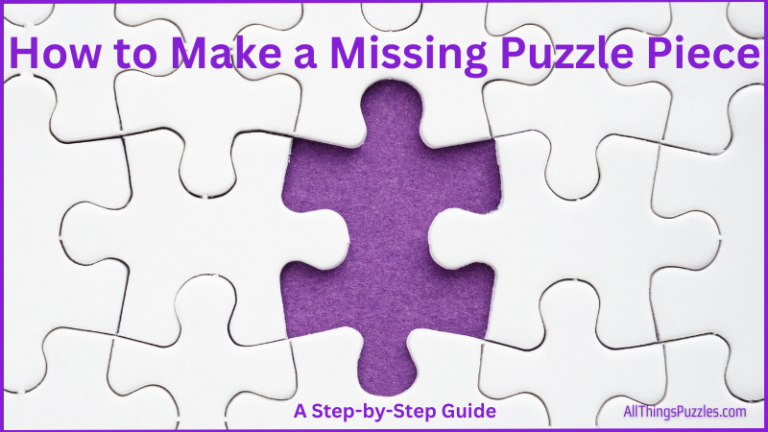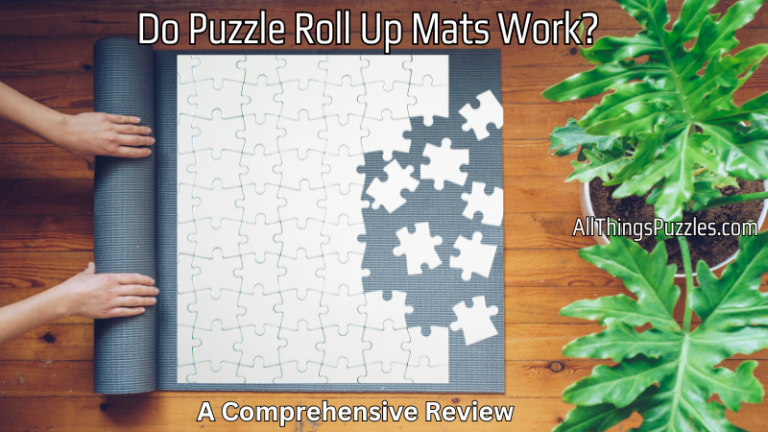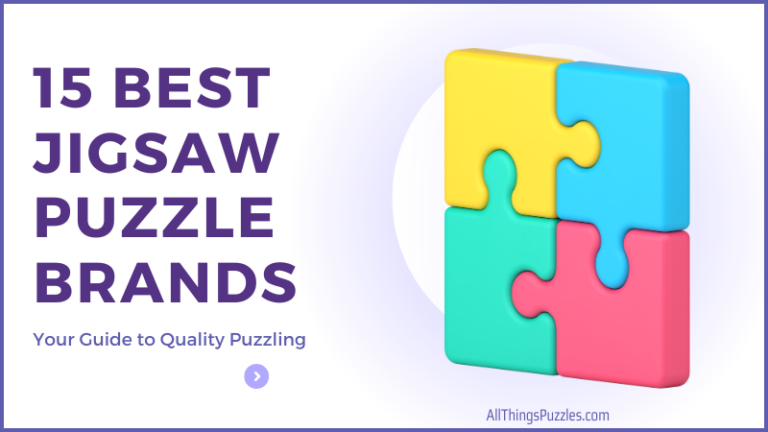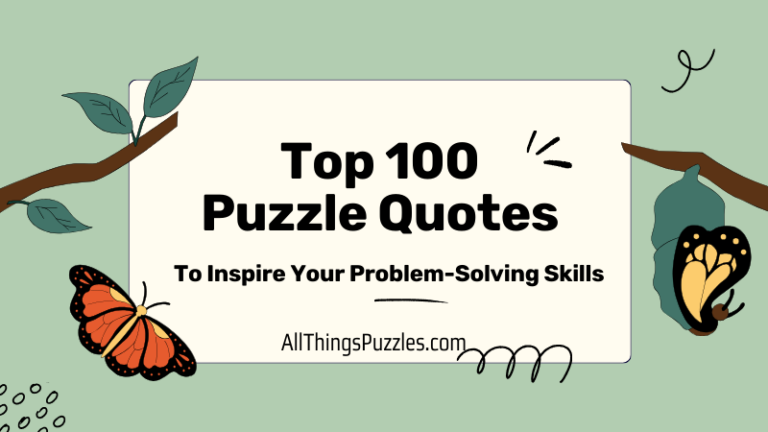Do you love puzzles? If so, you’ve come to the right place! Puzzles have been an essential part of human history, providing entertainment, education, and challenge for people of all ages. This article takes a look at the origin of puzzles and how the history of puzzles has evolved — from ancient times to the present.
We’ll explore riddles and labyrinths long ago, the first ever jigsaw puzzle created by John Spilsbury in 1760, the popular die-cut cardboard puzzles of yesteryear, and even Archimedes’ geometric dissection puzzle from 200 BC.
Discover the stories behind these classic puzzles and how they became popular cultural phenomena—all while learning interesting tidbits along the way! So if you’re ready to take a peek into the world of puzzles, then let’s get started!
Key Takeaways:
- Puzzles have evolved from ancient riddles to complex cardboard jigsaw puzzles, becoming a timeless source of education and entertainment.
- The very first jigsaw puzzle, created in 1760, marked the beginning of a rich history that saw puzzles become beloved by people of all ages and walks of life.
- Despite changes in materials and motifs, puzzles continue to be a popular today, offering both fun and a mental workout for puzzle enthusiasts around the world.
Ancient Puzzles – A Closer Look

Discovering the roots of puzzles, we often look to Ancient Egypt where a notable mechanical puzzle called “The Sphinx” challenged individuals to reposition square pieces to reveal a complete picture. This highlights how early puzzles served not only as mind-benders but also as educational tools for depicting significant scenes or events.
In the history of Europe, notably around 200 B.C., Rome took an interest in locking puzzles. These intricate creations, often found in the form of rings or lockets, concealed compartments that would only open when solved. They played dual roles as both puzzles and protective devices for valuables.
Transitioning from Ancient Greece, the dissection puzzle became a common form of mental exercise. These early puzzles were crafted from wood and often based on labyrinths or famous figures such as the Minotaur—providing not only entertainment but also a means to nurture problem-solving skills and fine motor skills in individuals.
Further east, tangrams emerged from China, acting as a testament to the global fascination with puzzles. These seven-piece wonders could be arranged into various shapes, illustrating the universal appeal of puzzles to people of all ages and their perpetual evolution as a popular pastime.
Video: A Brief History of Puzzles
Medieval and Renaissance Puzzles

During the medieval and Renaissance periods, puzzles became popular among royalty and the wealthy. Cryptograms, which involved decoding secret messages, and maze puzzles, which involved finding the correct path through a complex maze, were popular during this time.
Folding puzzles, which involved folding a sheet of paper to create a specific shape or design, also became popular during the Renaissance. Leonardo da Vinci was known to be a fan of folding puzzles, and he even included a few in his notebooks.
Puzzles of The 18th and 19th Centuries
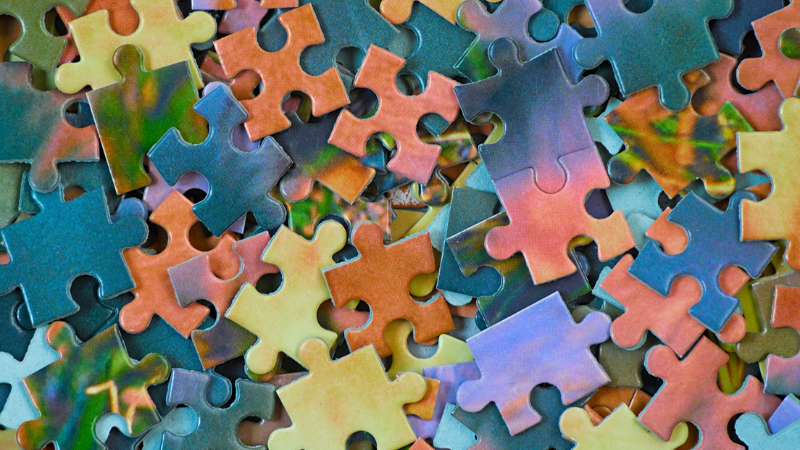
In the late 18th century, the very first puzzle on record was crafted by London mapmaker John Spilsbury. He ingeniously mounted a map of the world on wood and carved out the countries to create a tool for teaching children geography. This innovative approach to learning marked the humble beginnings of jigsaw puzzles and showcased their potential as educational tools.
As we stepped into the 19th century, these early puzzles executed on wooden boards started gaining traction as a beloved form of entertainment. Interestingly, these wooden puzzles lacked the interlocking edges we’re familiar with today, yet they provided hours of entertainment to people of all ages, including the upper class.
The early 1900s ushered in the use of cardboard for puzzles, revolutionizing the puzzle market by making them more accessible to a wider audience. Companies like Parker Brothers entered the fray, increasing puzzle pieces’ difficulty level and enhancing intricate designs. These cardboard jigsaw puzzles eventually eclipsed their wooden counterparts but never the irreplaceable rich history of jigsaw puzzles they carried forward.
In the 1930s, during the Great Depression, jigsaw puzzles were used as family entertainment that could be done over and over again and passed on to others. It was during this time that jigsaw puzzles became a popular cultural phenomenon.
Today, this evolution continues as puzzle companies create challenging puzzles that honor spilsbury’s puzzle’s legacy and historic jigsaws depicting famous paintings, providing hours of entertainment and problem-solving skills to the avid puzzler.
Modern Puzzles
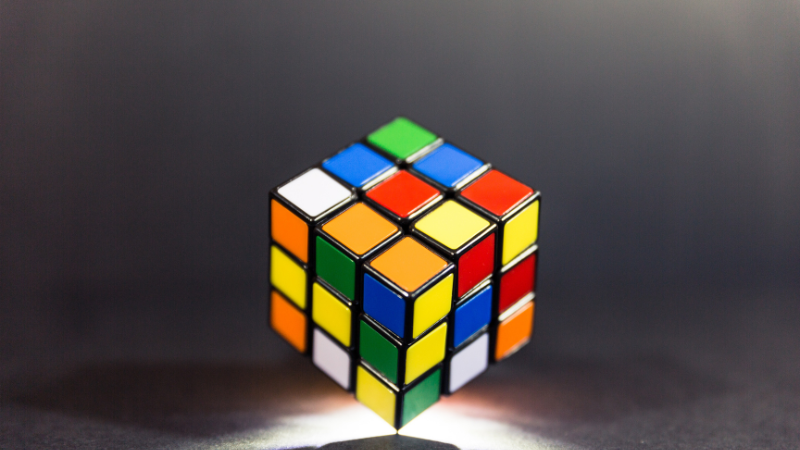
In the 20th century, puzzles continued to evolve and new types of puzzles were invented. Crossword puzzles, invented in 1913, quickly became popular, and the use of technology allowed for the creation of new puzzle types, such as Sudoku.
In the early 20th century, the transformation of puzzles into educational tools and entertainment for people of all ages was significant. During the Great Depression, cardboard puzzles surged in popularity, providing hours of affordable fun. Post-World War II, manufacturers began mass-producing with paperboard, featuring intricate designs ranging from artwork and cultural subjects to popular pictures.
The Rubik’s Cube, invented in 1974, became one of the most popular puzzles of all time, and escape rooms, a type of puzzle game where players solve puzzles to escape a themed room, have become increasingly popular in recent years.
Modern puzzles continually embrace innovation, making puzzle enthusiasts eager for the next challenging puzzle.
- Puzzle types: Expand from wooden to cardboard, acrylic, Rubik’s Cube, and Sudoku.
- Technological influence: Rise of online puzzles and digital challenge platforms.
- Educational impact: Enhance problem-solving skills, ingenuity, fine motor skills.
- Puzzle demand: Consistent, with a spike during the COVID-19 pandemic for at-home leisure.
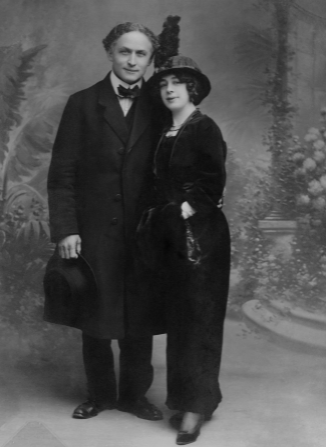
Puzzle Collecting
Throughout history, people have been collecting puzzles, and this hobby continues to be popular today. Notable puzzle collectors throughout history include Queen Elizabeth II, who is known to be a fan of jigsaw puzzles, and the famous magician Harry Houdini, who was a fan of mechanical puzzles.
Today, puzzle collecting has become more specialized, with collectors seeking out rare and unique puzzles. Puzzle conventions and competitions have also become popular, allowing puzzle enthusiasts to gather and share their passion.
FAQs
Here are some commonly asked questions about puzzle history and their answers.
When were jigsaw puzzles invented?
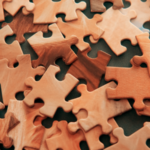
The first jigsaw puzzles were believed to be created in the 18th century in England, during the Age of Enlightenment. These early puzzles were made of wood and were called “dissected puzzles,” as they were cut into pieces that needed to be put back together.
What were some popular types of puzzles in the 20th century?
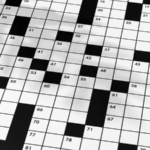
In the 20th century, jigsaw puzzles became a popular form of entertainment. Other types of puzzles, such as crossword puzzles and Sudoku, also gained popularity during this time.
How have puzzles evolved over time?
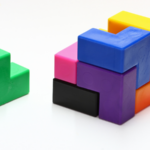
Puzzles have evolved greatly over time, with new technologies and materials being used to create puzzles. Today, there are many types of puzzles available, including 3D puzzles, digital puzzles, and even virtual reality puzzles.
Conclusion
In tracing the evolution of puzzles, we observe that their impact stretches from ancient Egypt to modern times, continuously adapting and thriving. Parker Brothers and other puzzle makers leveraged the popularity of jigsaw puzzles in the United States, particularly during the Great Depression, as an inexpensive form of entertainment. Despite the lower quality of some cardboard puzzles, they remained a staple, offering hours of entertainment to people of all ages.
The world map, crafted in late 18th century by London mapmaker John Spilsbury, marked the origin of the jigsaw puzzle—a very first puzzle of its kind. Early puzzles, typically made from wooden boards, were seen as educational tools; they were used to teach children geography through carefully cut small pieces.
As the centuries progressed, so did the puzzle craze. Early 20th century saw a surge in popularity, with puzzle enthusiasts eagerly assembling intricate designs, including famous paintings and memorable Disney moments, all the while sharpening their problem-solving skills and grasping a sense of accomplishment upon completing the picture.
Today, the puzzle market continues to innovate, offering evermore challenging puzzle options—whether it’s a modern jigsaw puzzle with fiendishly intricate shapes or mechanical puzzles with secret compartments, there’s a sense that the fascinating history of puzzles drives the ongoing quest for that next great way to captivate and educate.
Thank you for reading, A Brief History of Puzzles. Do you have a favorite puzzle type? Please comment below.
